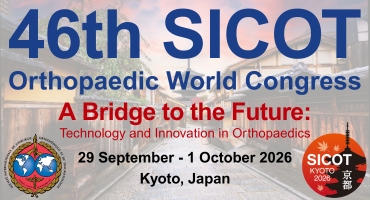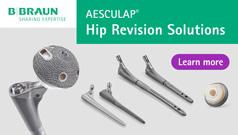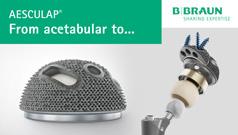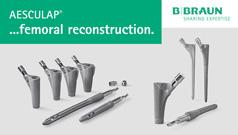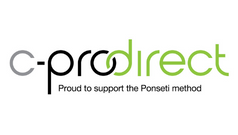Incidence and impact of urogenital sequelae in women following pelvic-ring injuries: a retrospective cohort study
Int Orthop. 2025 Nov 4. doi: 10.1007/s00264-025-06681-3. Online ahead of print.
ABSTRACT
PURPOSE: Pelvic-ring injuries in women often result in urinary dysfunction owing to the proximity of pelvic organs to the urinary tract, significantly affecting quality of life. However, detailed research on urinary sequelae remains limited. This study aimed to assess the incidence of urinary dysfunction in women after pelvic-ring injuries and to identify risk factors influencing urinary function.
METHODS: We conducted a retrospective cohort study of women who underwent osteosynthesis for pelvic-ring injuries between January 2022 and June 2023 with ≥ 12 months of follow-up. Urinary dysfunction was evaluated using the Questionnaire for Urinary Incontinence Diagnosis and Female Urinary Symptom Score at one, three, six and 12 months postoperatively.
RESULTS: Fifty-eight patients (mean age, 43.2 years) were included, with motor-vehicle collisions being the most common cause for pelvic-ring injuries (74.1%). Most injuries (84.5%) were classified as Type B. Nearly half of the patients reported urinary symptoms one month post-surgery, which significantly improved over 12 months (P < 0.05). In the multivariate analysis, greater injury severity was independently associated with urinary dysfunction at six months (adjusted odds ratio: 1.05, 95% confidence interval 1.00-1.12, p = 0.049), while no other clinical or procedural factors, including age, arterial embolisation, or surgical approach, stayed significant. Functional recovery correlated with reduced symptoms over time.
CONCLUSION: Urinary dysfunction is a frequent but under-recognised complication after pelvic-ring injuries. Although most patients experience gradual improvement over time, greater injury severity is independently associated with early urinary symptoms. Continuous monitoring and timely rehabilitation may help optimise long-term functional recovery.
PMID:41186674 | DOI:10.1007/s00264-025-06681-3






